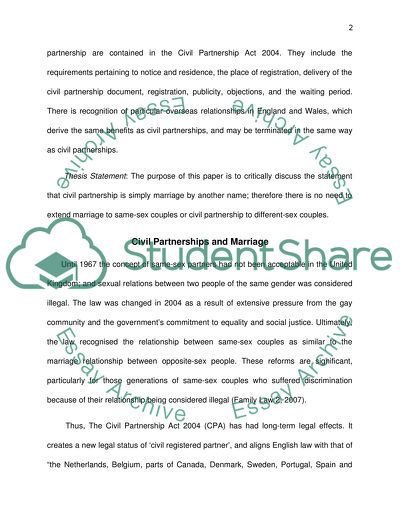Cite this document
(“Civil Partnership and Marriage are the Same Essay”, n.d.)
Retrieved from https://studentshare.org/law/1440413-ychcivil-partnership-is-simply-marriage-by-another
Retrieved from https://studentshare.org/law/1440413-ychcivil-partnership-is-simply-marriage-by-another
(Civil Partnership and Marriage Are the Same Essay)
https://studentshare.org/law/1440413-ychcivil-partnership-is-simply-marriage-by-another.
https://studentshare.org/law/1440413-ychcivil-partnership-is-simply-marriage-by-another.
“Civil Partnership and Marriage Are the Same Essay”, n.d. https://studentshare.org/law/1440413-ychcivil-partnership-is-simply-marriage-by-another.


